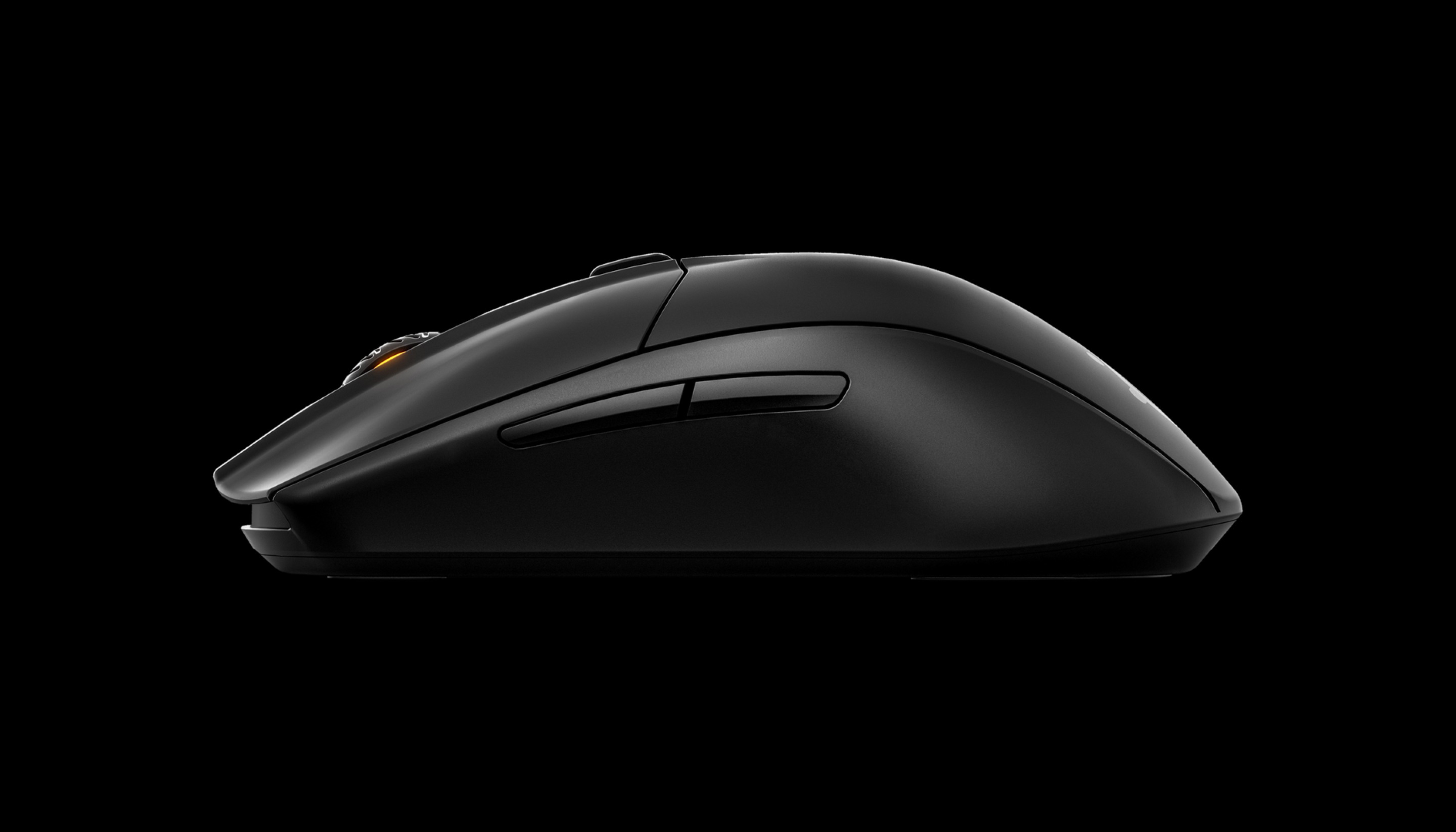Optus Mobile Review ALDI Mobile Review Amaysim Mobile Review Belong Mobile Review Circles.Life Review Vodafone Mobile Review Woolworths Mobile Review Felix Mobile Review Best iPhone Plans Best Family Mobile Plans Best Budget Smartphones Best Prepaid Plans Best SIM-Only Plans Best Plans For Kids And Teens Best Cheap Mobile Plans Telstra vs Optus Mobile Optus NBN Review Belong NBN Review Vodafone NBN Review Superloop NBN Review Aussie BB NBN Review iiNet NBN Review MyRepublic NBN Review TPG NBN Review Best NBN Satellite Plans Best NBN Alternatives Best NBN Providers Best Home Wireless Plans What is a Good NBN Speed? Test NBN Speed How to speed up your internet Optus vs Telstra Broadband ExpressVPN Review CyberGhost VPN Review NordVPN Review PureVPN Review Norton Secure VPN Review IPVanish VPN Review Windscribe VPN Review Hotspot Shield VPN Review Best cheap VPN services Best VPN for streaming Best VPNs for gaming What is a VPN? VPNs for ad-blocking I fell in love with wireless gaming mice when Logitech first started the fully accurate trend with the Logitech G900, then later improved on with the Logitech G502 Lightspeed. These days, there are plenty of contenders, but you’re looking at spending at least a couple of hundred bucks for most of them. This is where the SteelSeries Rival 3 Wireless steps in to offer a comparatively budget option in the increasingly popular space. Still, the prospect of switching out batteries twice a month isn’t great, which is where that ‘High-Efficiency’ Mode comes in, albeit with a catch. Activating this feature is where you get the longevity gains, but that’s not something that can be practically tested in a few weeks. It’s odd that SteelSeries has chosen to include RGB at all – a single light on the scroll wheel – given the emphasis on battery life, more so because ‘High-Efficiency Mode’ automatically deactivates this. Without getting too lost in the details of the debate, as long as your CPU isn’t completely ancient, higher polling rates don’t have any disclaimers to offer, and the speedier positional reporting rate (1ms for 1000Hz vs 8ms for 125Hz) results in in-game accuracy that feels better. Even for everyday computing, especially for people like me who use multiple monitors (I have three), higher polling rates helps with fast-movement accuracy across active windows spread across multiple monitors. Like the shift from wired to wireless, it’s hard to go back after you’ve experienced 1000Hz vs 125Hz. At 1000Hz, this is a viable budget wireless gaming mouse for even the most demanding of shooters, but you will want to manually shift the polling rate and RGB to find that mix of longevity and accuracy. While the Sleep Timer is set to a reasonable five minutes, you can lower or raise this, and you can absolutely go lower because bringing the SteelSeries Rival 3 back to life is just a click away. It’s still odd that SteelSeries doesn’t include a more meaningful way to measure battery life for its wireless gaming mice. Having a percentage or, better still, a running tally of estimated time remaining would help remove the guesswork. As it stands, you’re reliant on your own approximations based on whether your battery is at three, two, or one bar when you first open the SteelSeries Engine 3 software. This is an accurate and impressive gaming mouse in action, but without a wired option and the diligence required to manually shift between settings to find a sweet spot between performance and longevity means you’re likely better off investing in the truly awesome SteelSeries Rival 650 Wireless or another pricier wireless gaming mouse.



